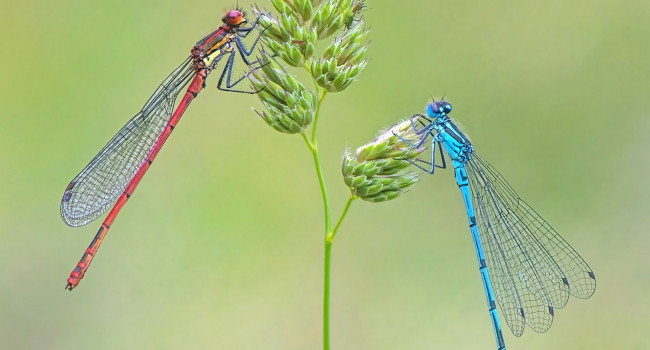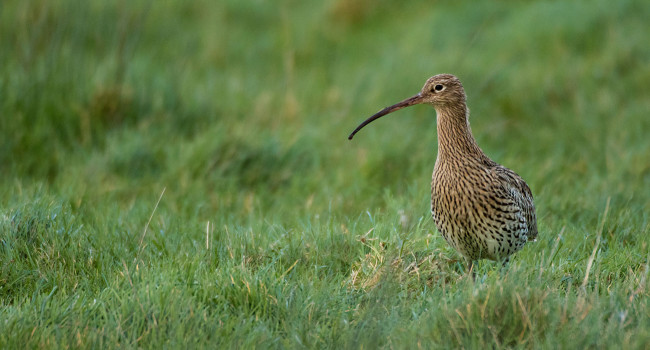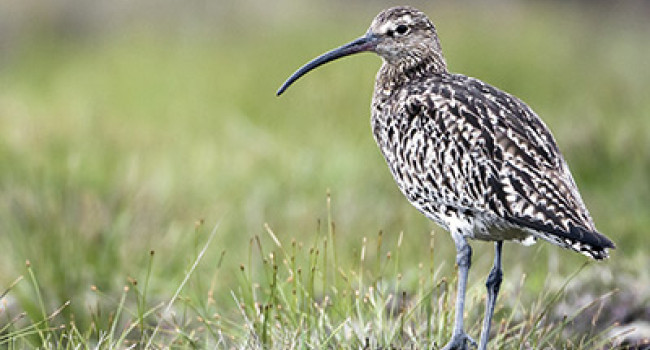Tracking avian flu through waterbird counting
Tracking avian flu through waterbird counting
11 Nov 2022
Highly pathogenic avian influenza is circulating widely in UK waterbirds. The latest advice and links to relevant government information can be found at www.bto.org/avian-flu.
However, if you submit data to WeBS and/or GSMP surveys via WeBS Online or GSMP Online, we are now also requesting that you include a note if you suspect HPAI at your site due to unusual mortality or symptoms in live birds.
These anecdotal reports will be combined with other sources of mortality information to help researchers build up a more detailed picture of mortality, especially to help map where the biggest impacts may be occurring.
WeBS and GSMP counters form a unique surveillance network of UK waterbirds, and so your reports will be invaluable for understanding the situation countrywide going forward.
HOW YOU CAN HELP
- Keep counting and help us fill any gaps in coverage – the regular monthly counts of live birds collected by WeBS and GSMP will be the primary way we will be able to identify which species and sites have likely been hardest hit. It is more important to properly count live birds than look for dead ones.
- If you suspect bird flu in a dead bird due to unusual mortality or symptoms in live birds present (e.g. twisting of the head, tremoring, respiratory distress, loss of balance) report to the Defra (03459 33 55 77) or Daera (0300 200 7840) helplines. This is particularly important if bird flu has not yet been recorded near to your suspected case.
- Add a note of suspected cases to your WeBS/GSMP count. Add to the relevant species comment by clicking on the comment symbol. Mention flu so we can find the comment. Give the number, age if possible, and if the bird was dead or sick, e.g. “3 sick adults showing flu-like symptoms”, “2 adults and 1 young bird dead, bird flu possible” or “10 birds dead, avian flu suspected as known to be present at site”.
- It is important that only live birds are marked as present when you submit your counts, so if there were no live birds of the relevant species present, instead add your record in the “Extra Details” comments box at the top. Please specify the species if adding to the extra details comment box, e.g. “2 dead Mute Swan, bird flu suspected, no live birds present”.
- Note it is possible to optionally record seabirds and birds of prey in WeBS Online as well as waterbirds, either in the “Other Common Species” tab if they have previously been recorded, or by adding as a new species. You can add avian flu comments to these other species.
- Whilst this is a disease of birds, there is zoonotic potential to cause disease in humans. Do not touch dead birds.
- Report to site managers, landowners or councils as appropriate, who may decide to collect carcasses with appropriate PPE.
- If you can do so safely without touching the dead bird, check for rings and report to www.ring.ac – this too will help enable research into the scale of mortality and which populations are most adversely affected.






Share this page